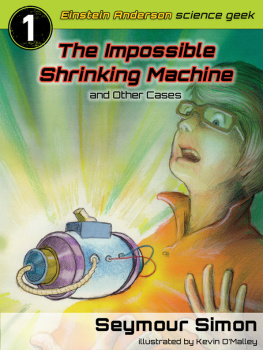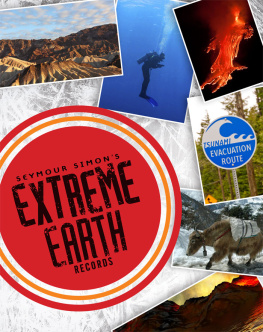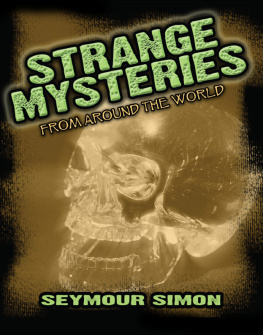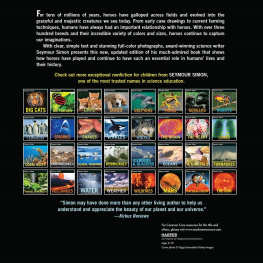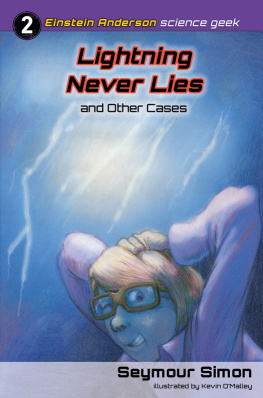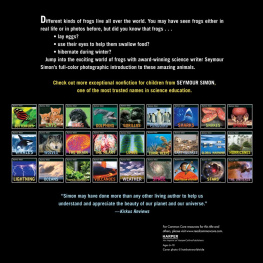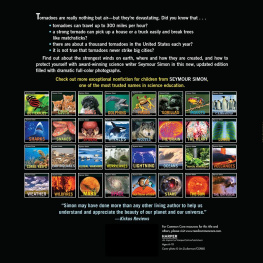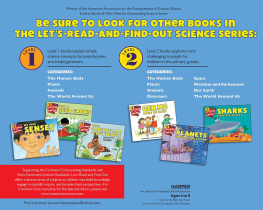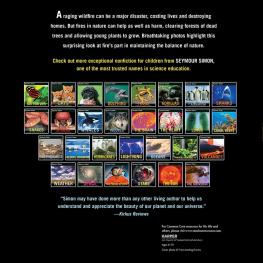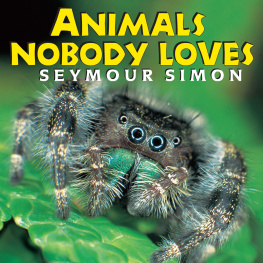
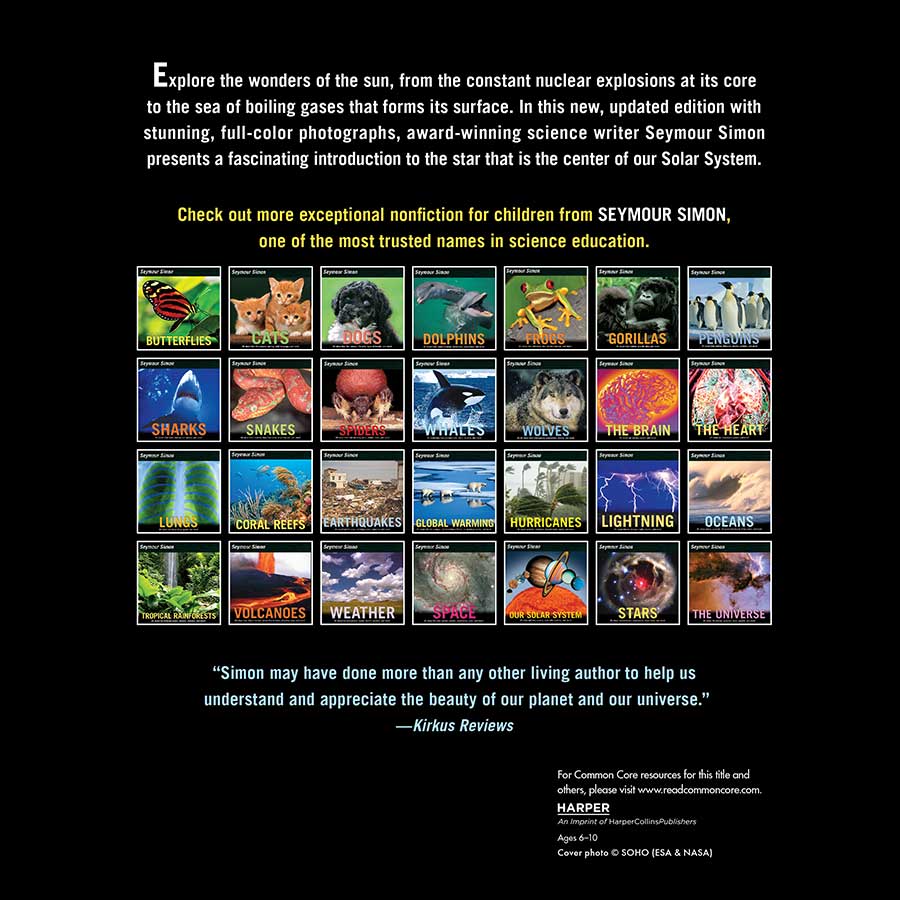

This book is dedicated to the editors, artists, designers,
production and promotion people, and all the others who
have helped me beyond measure with their knowledge of
the art and craft of childrens books.
Special thanks to Mark Miesch
PHOTO AND ART CREDITS: pages 45: NASA; pages 67: NASA/JPL; page 9: SOHO (ESA & NASA); page 10: NASA/GSFC/SDO; page 13: SOHO(ESA & NASA); page 14: NASA Space Place; page 15: by Science Source; page 16: Steve Albers, Boulder, CO; Dennis DiCicco, Sky and Telescope;Gary Emerson, E. E. Barnard Observatory; page 18: NASAs Goddard Space Flight Center; page 21: SOHO (ESA & NASA); page 22: Courtesy ofNASA/SDO and the AIA, EVE, and HMI science teams; page 25: SOHO (ESA & NASA); pages 2627: NASA; pages 2829: by Daniel A. Leifheit;pages 3031: by Robert Cravens/iStock Photo
THE SUN. Copyright 1986, 2015 by Seymour Simon. All rights reserved under International and Pan-American Copyright Conventions. Bypayment of the required fees, you have been granted the non-exclusive, non-transferable right to access and read the text of this e-book onscreen. No part of this text may be reproduced, transmitted, downloaded, decompiled, reverse engineered, or stored in or introduced into anyinformation storage and retrieval system, in any form or by any means, whether electronic or mechanical, now known or hereinafter invented,without the express written permission of HarperCollins Publishers.
Library of Congress Cataloging-in-Publication Data is available.
EPub Edition 2015
ISBN: 9780062344991
10 9 8 7 6 5 4 3 2 1
Revised Edition, 2015
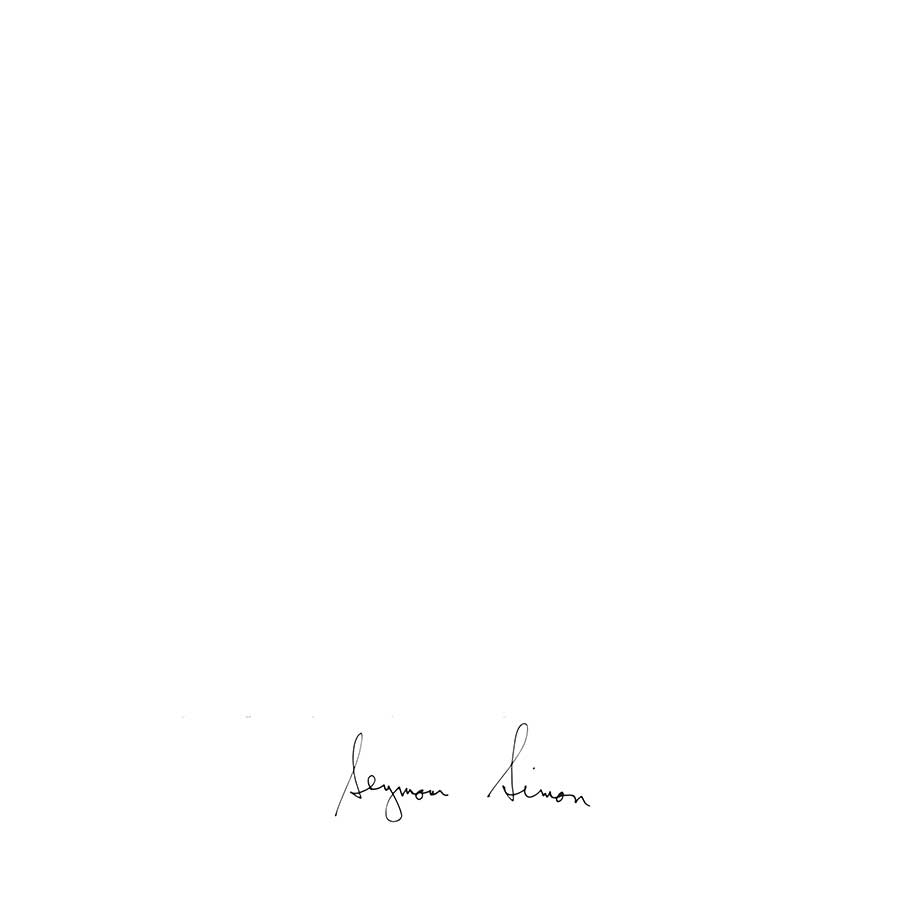
Authors Note
From a young age, I was interested in animals, space, my surroundingsall thenatural sciences. When I was a teenager, I became the president of a nationwidejunior astronomy club with a thousand members. After college, I became aclassroom teacher for nearly twenty-five years while also writing articles andbooks for children on science and nature even before I became a full-time writer.My experience as a teacher gives me the ability to understand how to reach myyoung readers and get them interested in the world around us.
Ive written more than 250 books, and Ive thought a lot about different waysto encourage interest in the natural world, as well as how to show the joys ofnonfiction. When I write, I use comparisons to help explain unfamiliar ideas,complex concepts, and impossibly large numbers. I try to engage your sensesand imagination to set the scene and to make science fun. For example, inPenguins, I emphasize the playful nature of these creatures on the very first pageby mentioning how penguins excel at swimming and diving. I use strong verbs toenhance understanding. I make use of descriptive detail and ask questions thatanticipate what you may be thinking (sometimes right at the start of the book).
Many of my books are photo-essays, which use extraordinary photographs toamplify and expand the text, creating different and engaging ways of exploringnonfiction. Youll also find a glossary, an index, and website and researchrecommendations in most of my books, which make them ideal for enhancingyour reading and learning experience. As William Blake wrote in his poem, Iwant my readers to see a world in a grain of sand, / And a heaven in a wildflower, / Hold infinity in the palm of your hand, / And eternity in an hour.
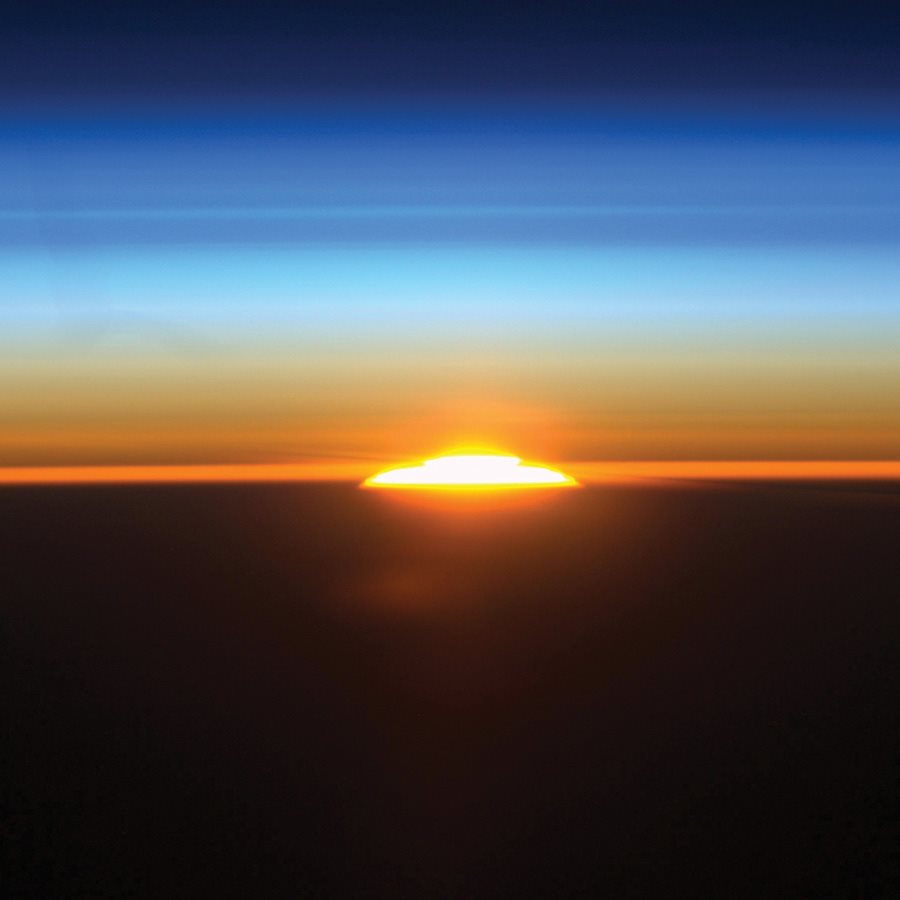
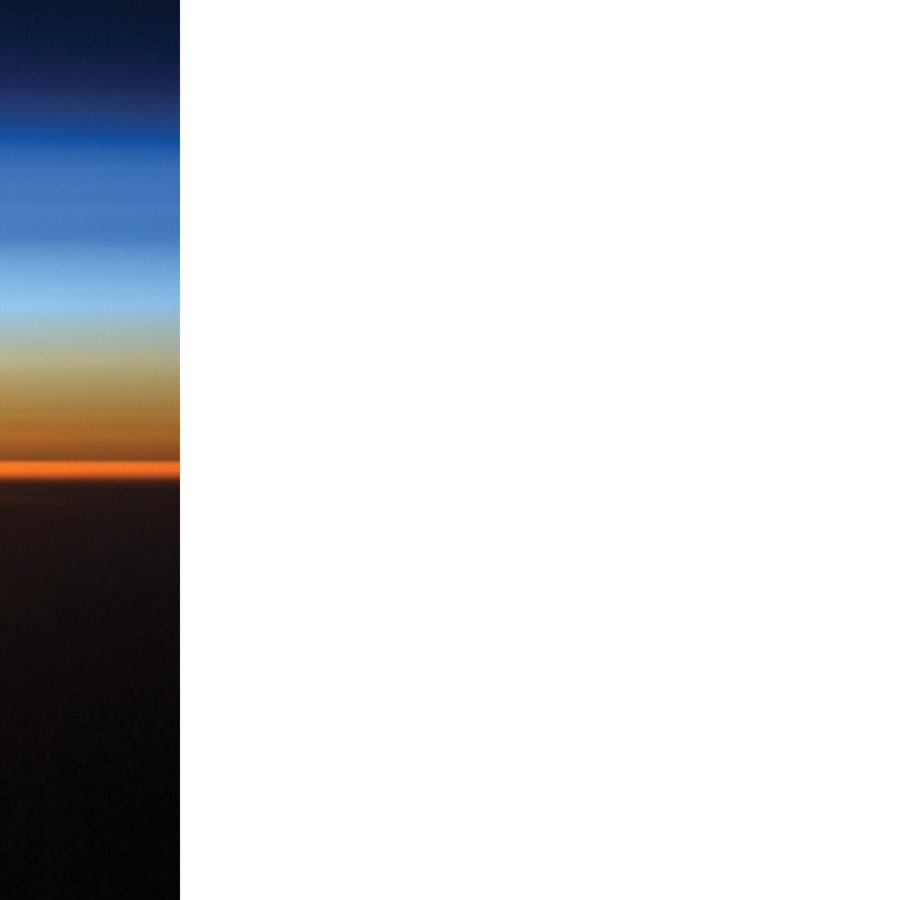
T he sun is a star. It is a medium- sized star, but the sun appears bigger and brighter than other stars because it is so much closer to us. The sun is about million miles (150 million kilometers) away from Earth. The next closest star is about trillion miles (40 trillion km) away.
Although scientists can see countless stars through telescopes , the sun is the only star that they can study closely.
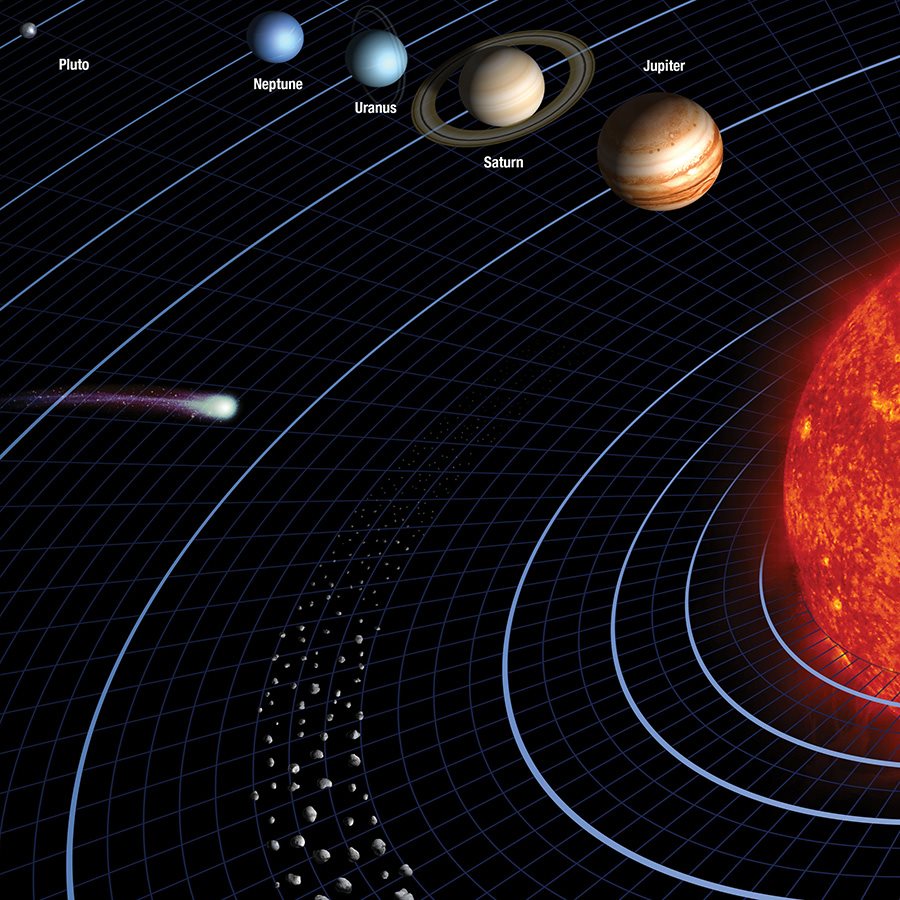
T he sun is the center of the Solar System. There are eight planets (Mercury, Venus, Earth, Mars, Jupiter, Saturn, Neptune, and Uranus) in the Solar System that travel around the sun in paths called orbits . Many of the planets have moons orbiting around them. Earth is the third closest planet to the sun. Pluto, now called a dwarf planet, is almost four billion miles from the sun. From faraway Pluto, the sun looks only like a bright star in a dark sky.
There are thousands of smaller objects, called asteroids , that orbit the sun. These lumps of rock, which range in size from pebbles to nearly five hundred miles across, circle the sun in a broad asteroid belt between the orbits of the planets Mars and Jupiter. Many smaller rocks and snow balls also travel around the sun in orbits other than the asteroid belt. Finally, there are many comets orbiting the sun. Comets are clumps of ice and dust that warm up and produce shining tails when they come near the sun.
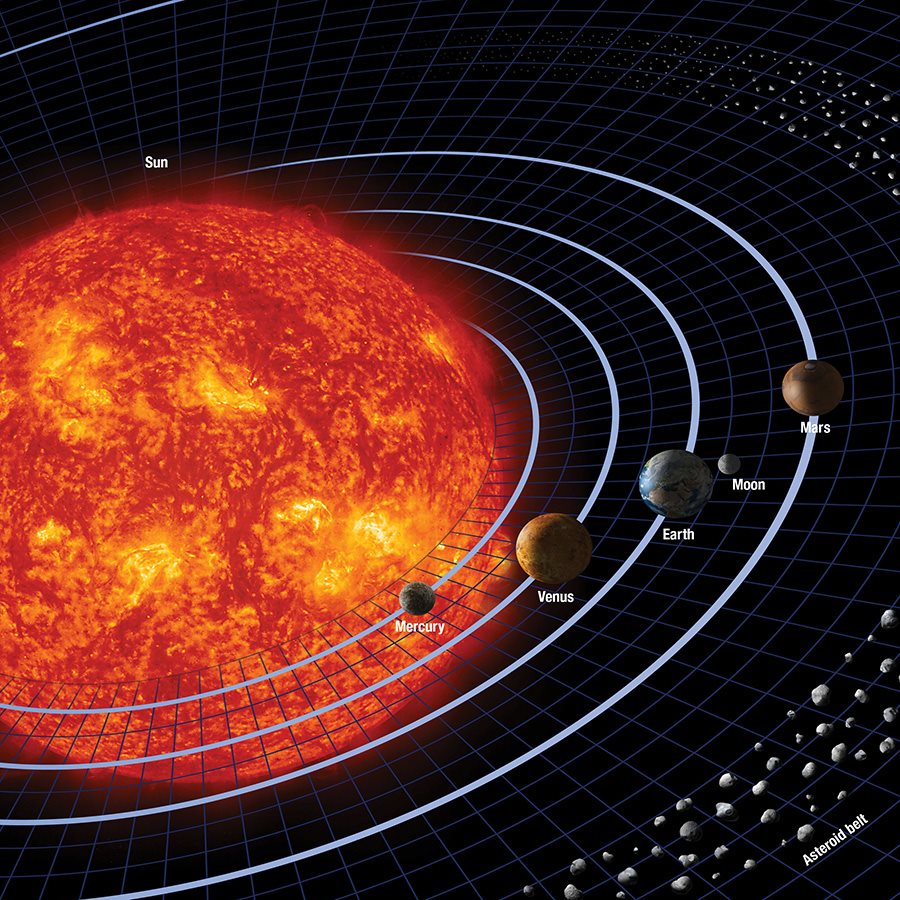

T he sun is huge compared to Earth. If the sun were hollow, it could hold 1.3 million Earths. Think of this: If Earth were the size of a golf ball, then the sun would be a globe about fifteen feet across. In fact, the sun is nearly six hundred times bigger than all the planets in the Solar System put together.
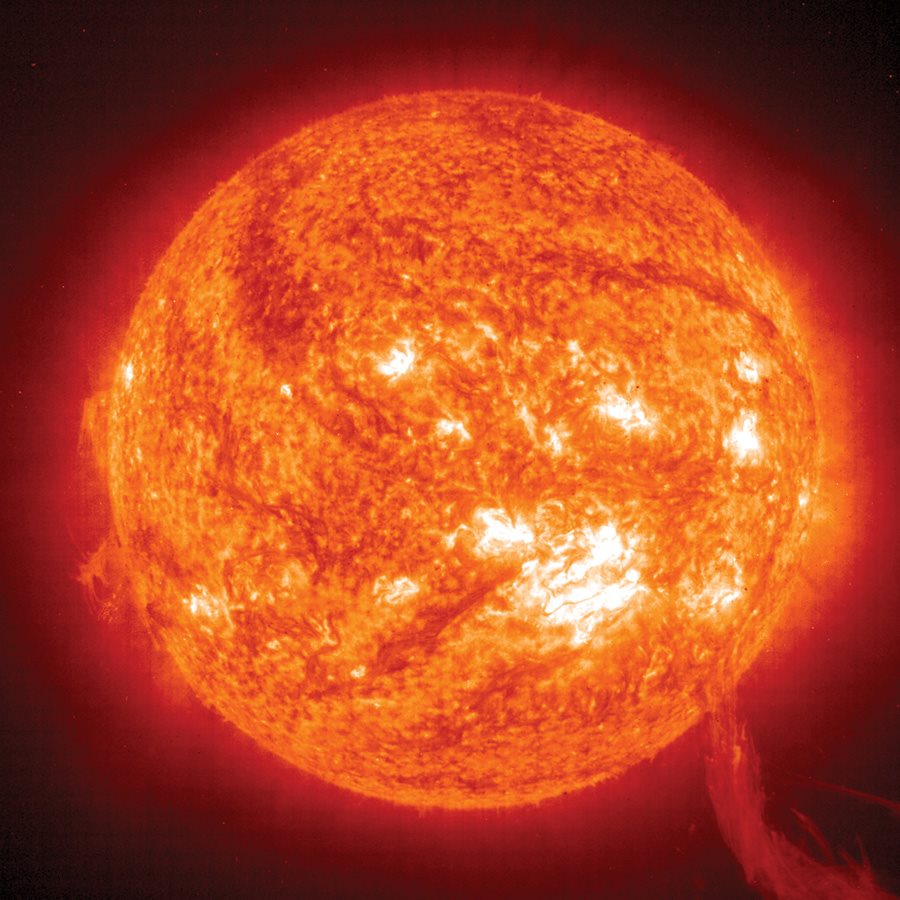
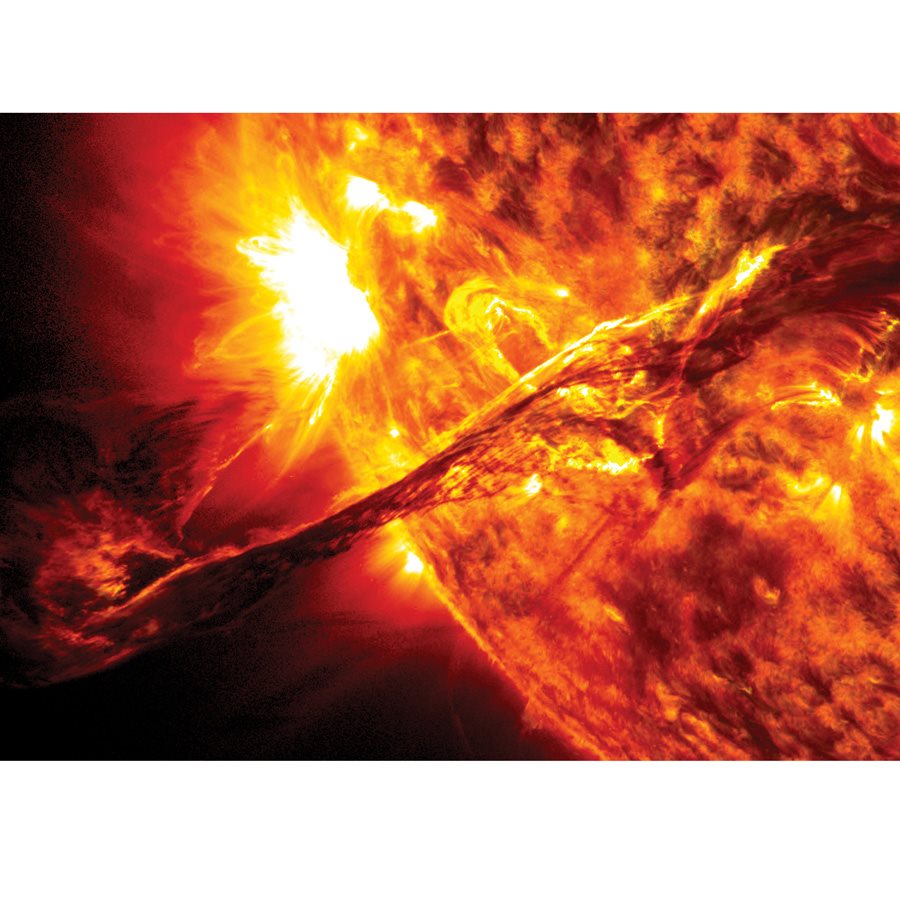

T he suns light and heat come from fires deep within it. But the sun doesnt burn the same way as a fire does on Earth. If the sun were just a huge bonfire, it would have burned out long ago. Instead, the sun is more like an endless hydrogen bomb.
About five billion years ago, a huge cloud of dust and hydrogen gas began to pull together, forming a globe. As the gas and dust packed together more and more tightly, the globe became hot enough to set off a chain of nuclear explosions and the sun began to shine. These explosions are still going on.
Hydrogen is the suns fuel. The sun converts about four million tons of hydrogen into energy every second. Still, the sun has enough hydrogen to continue shining for another five to six billion years.


